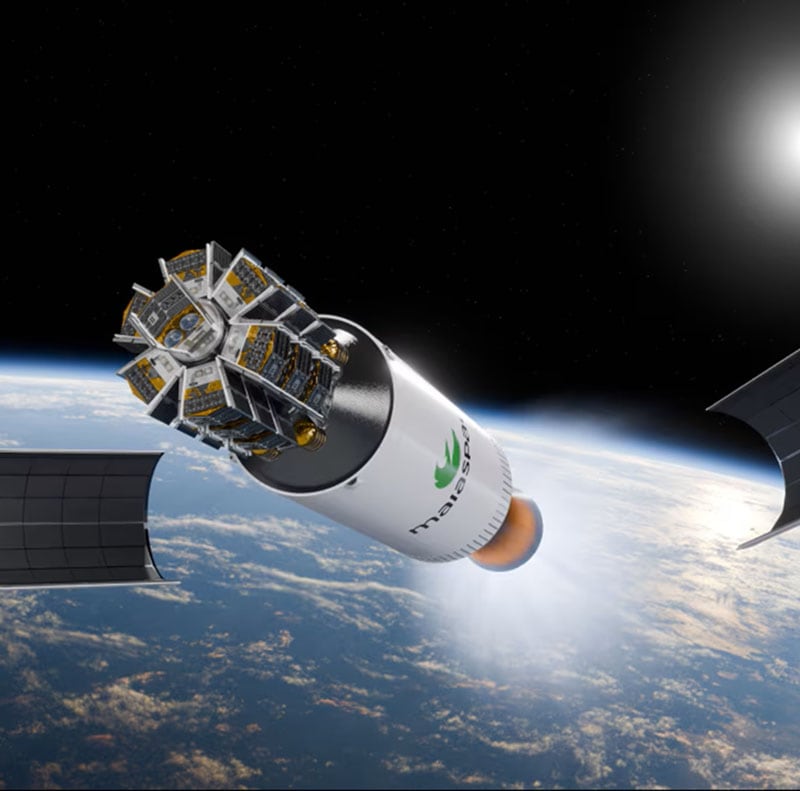Sustainable compute for simulation fidelity at half the price
Today’s highly competitive aerospace race is won on the fidelity of simulation. For aircraft, space and satellite system designers, cloud-based High-Performance Computing (HPC) is the indispensable engine of innovation, enabling new breakthroughs in safety and performance. Yet, the essential, massive multiphysics workloads—CFD (Computational Fluid Dynamics), FEA (Finite Element Analysis), and thermal analysis—come at a cost.

A single, high-fidelity simulation on a component like a rocket nozzle or an aircraft nacelle can consume millions of CPU hours. When run in traditional, energy-hungry data centres, this computation generates significant emissions. This directly clashes with the industry’s push toward reusable systems, green propellants, and ambitious net-zero goals. Design innovation should not be bottlenecked by environmental cost.
Qarnot: Compute that heats homes, not the planet
Qarnot offers a radical, patented solution that eliminates the HPC paradox. Instead of servers concentrated in wasteful data centres, Qarnot distributes compute nodes into buildings that need heat.
This revolutionary process reuses an incredible 96% of the waste heat, transforming your essential design computation from an environmental burden into a resource.
Benefit | Impact for designers |
Sustainability | Up to 80% lower emissions—meet stringent ESG/CSRD reporting standards. |
Cost efficiency | Achieve up to 50% lower compute costs—freeing budget for more design iterations. |
Performance | Optimised for ANSYS, STAR-CCM+, and OpenFOAM for maximum throughput. |

Engineered for design integrity

Qarnot is built to handle the industry’s toughest demands, ensuring you can iterate faster and guarantee the structural integrity and thermal management of your final product.
We support the full spectrum of high-stakes aerospace design:
- Propulsion CFD: Ensure combustion and cooling integrity by simulating high-pressure, turbulent flow dynamics in rocket nozzles, pumps, and engine chambers.
- Thermal protection: Model hypersonic airflow, shockwave standoff, and intense re-entry thermal loads to guarantee structural survival for space systems.
- Aeroelasticity: Seamlessly couple CFD–FEA workflows to analyze and reduce flutter, optimize wing loading, and minimize drag on next-generation aircraft.
Leveraging Qarnot enables you to reduce simulation cycles from weeks to hours.
Strategic Impact

Design teams at leaders like MaiaSpace have already achieved faster simulations and saved over in nine months. Dark is relies on the platform for developing sustainable space debris removal systems.
Qarnot makes it possible to design safer, faster, and cleaner aerospace systems—protecting your IP with sovereign cloud infrastructure while demonstrating real, auditable climate leadership.
Ready to innovate without the high carbon and compute bill?